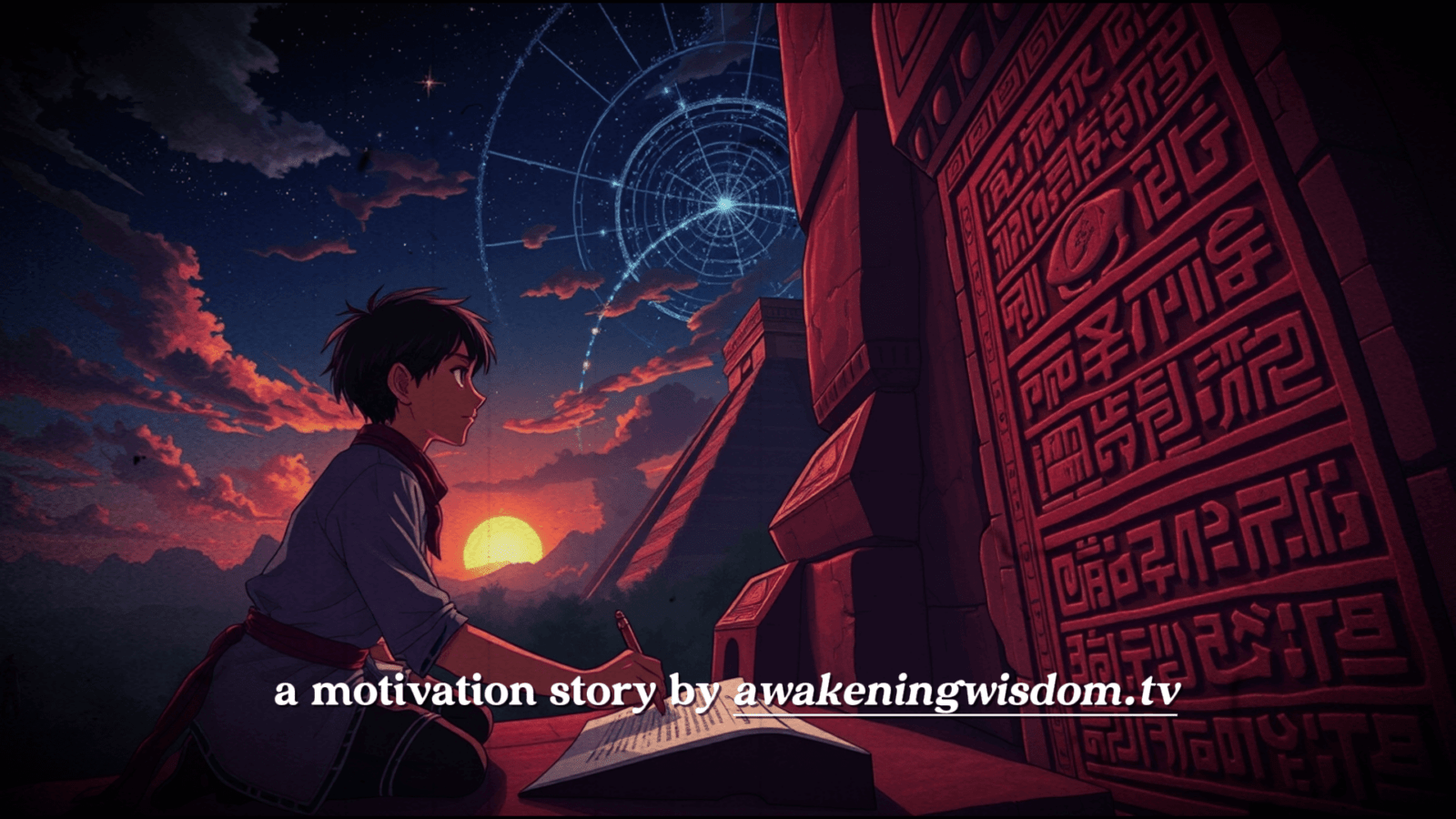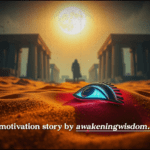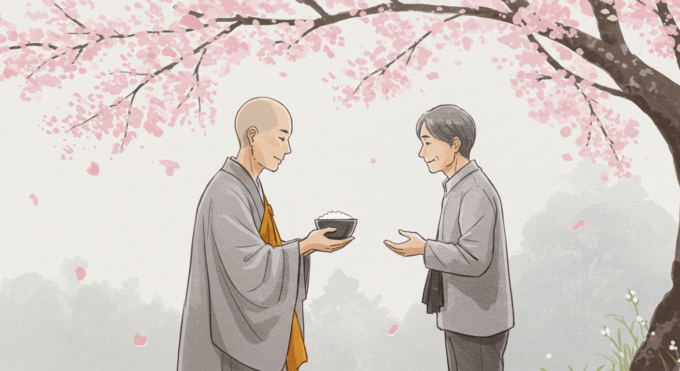The Mayan calendar is more than just a system of dates, it’s a map of time itself. Discover the true meaning behind this ancient system and how it changes our understanding of time.
The Scribe’s Warning
Deep in the heart of the Mayan city of Palenque, where stone pyramids touched the sky and sacred fires burned through the night, a young scribe named Itzam knelt before an ancient stone carving.
His fingers traced the intricate glyphs, his heart pounding.
This was no ordinary inscription.
It spoke of time itself—not as a straight path, but as a great cosmic cycle.
“The Long Count,” Itzam whispered.
The sacred Mayan Calendar.
According to the inscriptions, time did not move forward endlessly—it moved in cycles, just as the moon waxed and waned, just as the sun rose and set.
And according to this calendar… a great cycle was coming to an end.
The Meaning of Time in the Mayan World
The Mayans did not see time as linear, like a road stretching into the distance.
To them, time was a living force, flowing in great repeating cycles called Baktuns.
Each cycle brought:
✅ Creation and destruction.
✅ Growth and renewal.
✅ The rise and fall of civilizations.
And now, as Itzam read the glyphs, he saw that the current Baktun was reaching its final days.
“What happens when a cycle ends?” he wondered.
Did the world truly end, as some believed?
Or was there a deeper meaning hidden in the calendar’s design?
Determined to find answers, Itzam sought out the most revered astronomer in the city—Grand Priest Ahkin.
The Conversation with the Astronomer
Ahkin sat on a stone platform beneath the night sky, his gaze fixed on the stars.
“You have questions, young scribe,” he said without turning.
Itzam hesitated, then spoke.
“The inscriptions say that this Baktun is ending. Some say this means the world will end. Is this true?”
The old priest smiled.
“Only those who do not understand time believe it can truly end.”
He motioned for Itzam to sit beside him.
“Look at the stars,” Ahkin said. “They move in patterns. The same stars that rose when our ancestors built this city will rise again for our descendants. Time does not vanish—it flows like the great river, always moving, always renewing.”
Itzam frowned.
“Then what does it mean when a Baktun ends?”
Ahkin looked at him seriously.
“It means transformation. It means the world as we know it will change, not vanish. The old ways fade, and new ones emerge. Each great cycle brings a chance for renewal—just as the earth sleeps in winter and awakens in spring.”
The Real Meaning of the Mayan Calendar
Itzam thought about the priest’s words.
The Mayan Calendar was not predicting an apocalypse, but rather a great shift.
Just as the previous ages had seen the rise of great cities, the fall of old rulers, and the birth of new wisdom, this ending cycle would bring:
✅ The end of one era and the beginning of another.
✅ The fall of what no longer serves, making way for renewal.
✅ A chance to reflect, change, and evolve.
“So, the end is not something to fear?” Itzam asked.
Ahkin shook his head.
“Fear comes from misunderstanding. Change is part of life. The question is not whether the cycle will end—but how we will embrace the new one.”
What the Mayan Calendar Teaches Us Today
As Itzam left the temple that night, he felt something shift inside him.
The future was not fixed, nor was it something to fear.
It was a cycle—one that humanity had the power to shape.
And so it is for us today.
The Mayan Calendar was never about predicting an apocalypse.
It was a reminder that:
✅ Everything moves in cycles—change is inevitable.
✅ Endings are just beginnings in disguise.
✅ How we enter the new cycle is up to us.
So, the next time you fear change, remember:
Like the Mayans understood long ago… every end is a doorway to a new beginning.









Leave a comment